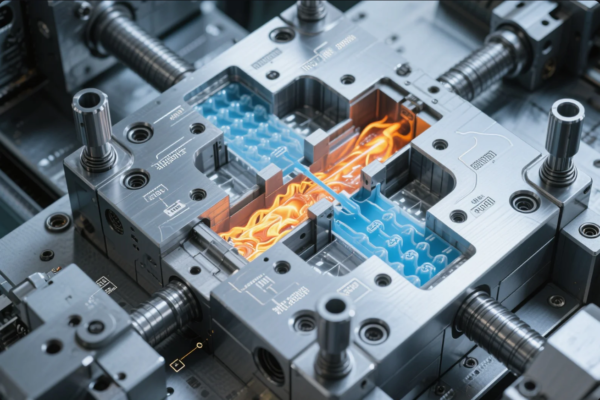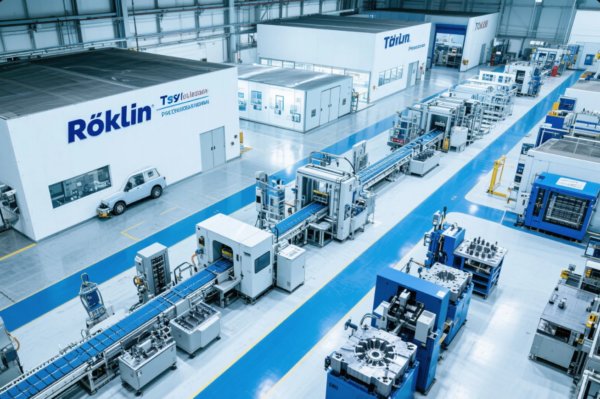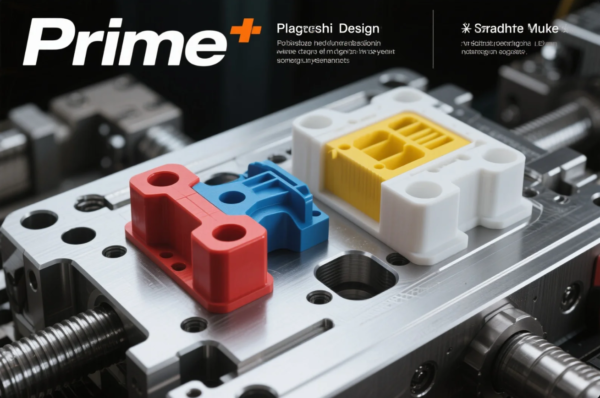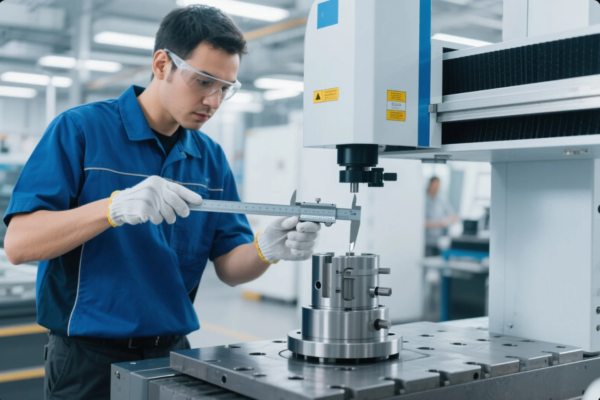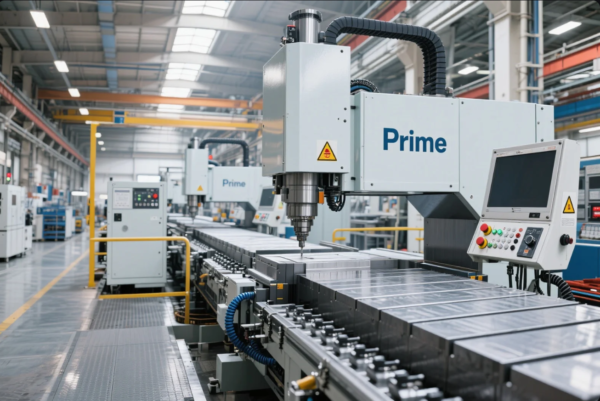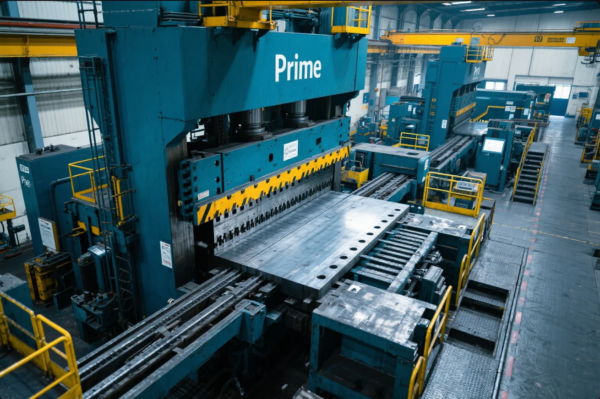What is the Meaning of Forgings?
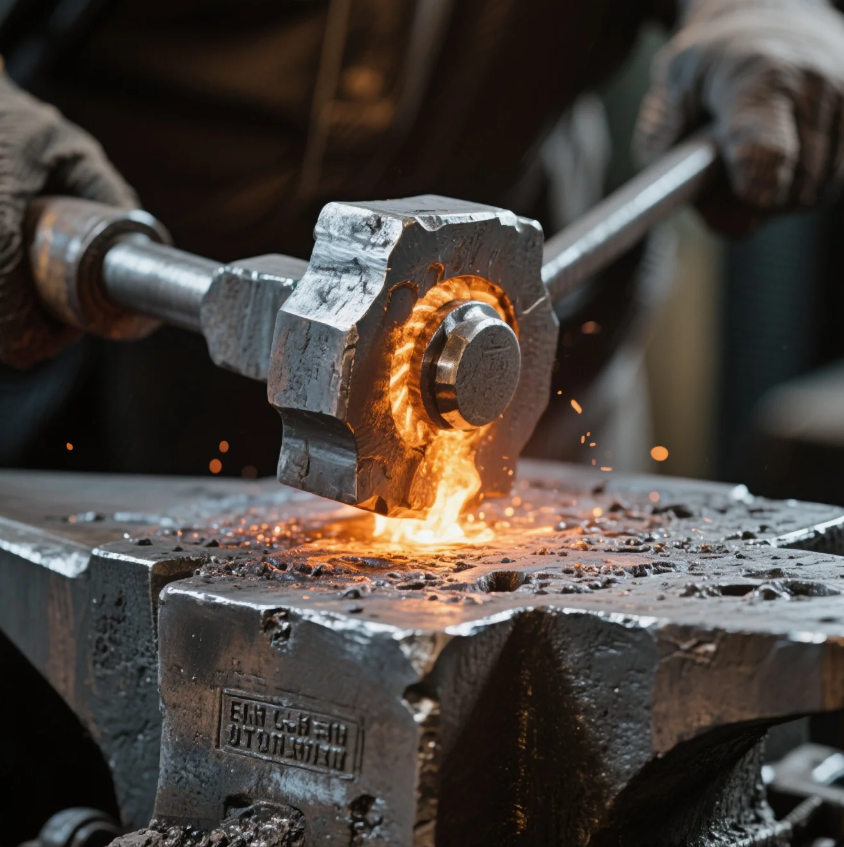
Forging is a process that plays a crucial role in many industries, from automotive to aerospace, but the meaning of the term goes beyond just metalworking. Whether you're dealing with metal or personal connections, understanding what "forging" truly means can help you grasp the broader context. This article dives into the meaning of forgings and explores its different uses.
Snippet paragraph: Forging involves shaping metal using heat and force, but it also extends to building strong, lasting connections in relationships.
Let’s explore the different meanings of forging and how it applies to both manufacturing and human interactions.
What Does the Term Forging Refer To?
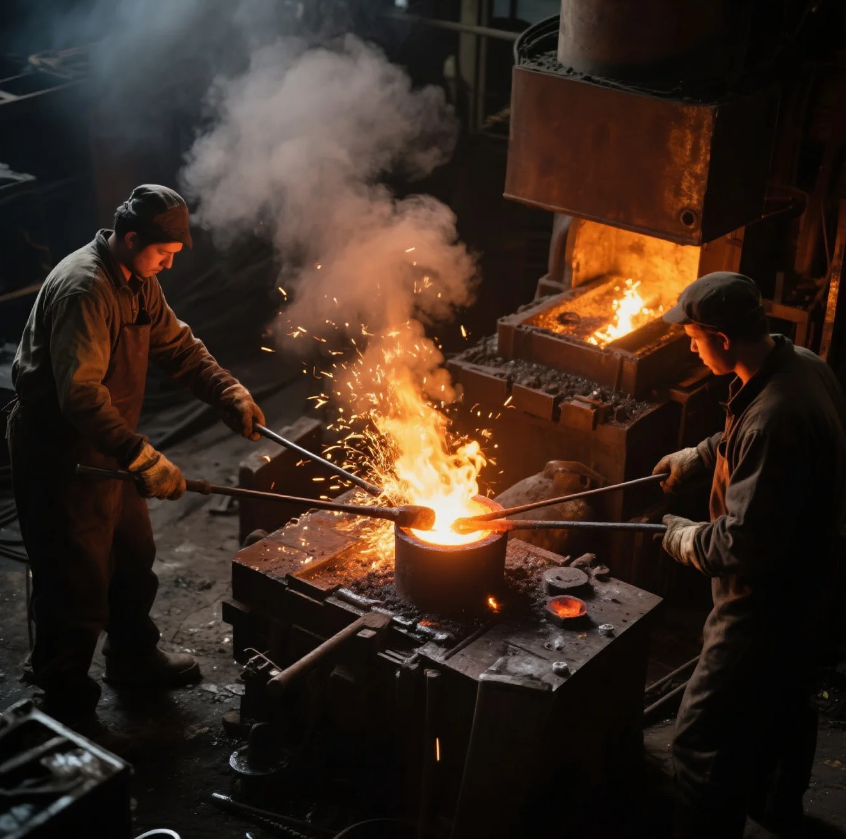
The term forging originally refers to the process of shaping metal using heat and pressure. In this process, metal is heated until it's malleable, and then force is applied to form it into a desired shape. This process results in strong, durable metal parts that are used in industries like automotive, construction, and aerospace.
Forging in Manufacturing:
- Shaping Metal: Involves using tools like hammers, presses, or dies to shape heated metal.
- High Strength: The final product is durable and resistant to stress due to the grain structure created during forging.
- Versatility: Forging can be done with a variety of metals, including steel, aluminum, and titanium, for a wide range of applications.
Forging is a highly important process in creating parts that must withstand heavy use and stress.
What Does It Mean if Something is Forged?
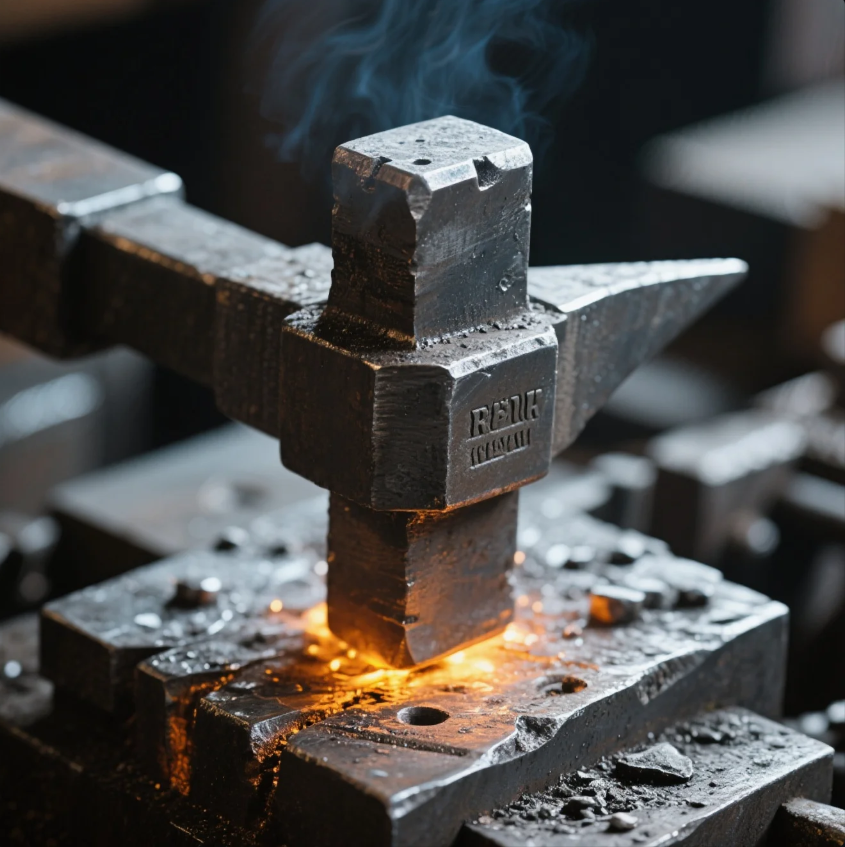
When something is described as forged, it typically means that it was created or shaped through a deliberate, forceful process. In the context of metalworking, it refers to the shaping of metal with heat and pressure. However, the term is also often used more metaphorically to describe the creation of something strong or lasting.
Examples of “Forged” in Different Contexts:
- Metal: A forged steel part is stronger and more durable than a cast part because it’s been shaped under pressure, improving its structural integrity.
- Relationships: To "forge a relationship" means to build or create a strong and lasting connection with someone through effort and mutual understanding.
So, when we say something has been "forged," we often imply that it has undergone a process to make it stronger, whether it’s a piece of metal or a connection between people.
What Does Forging a Relationship Mean?
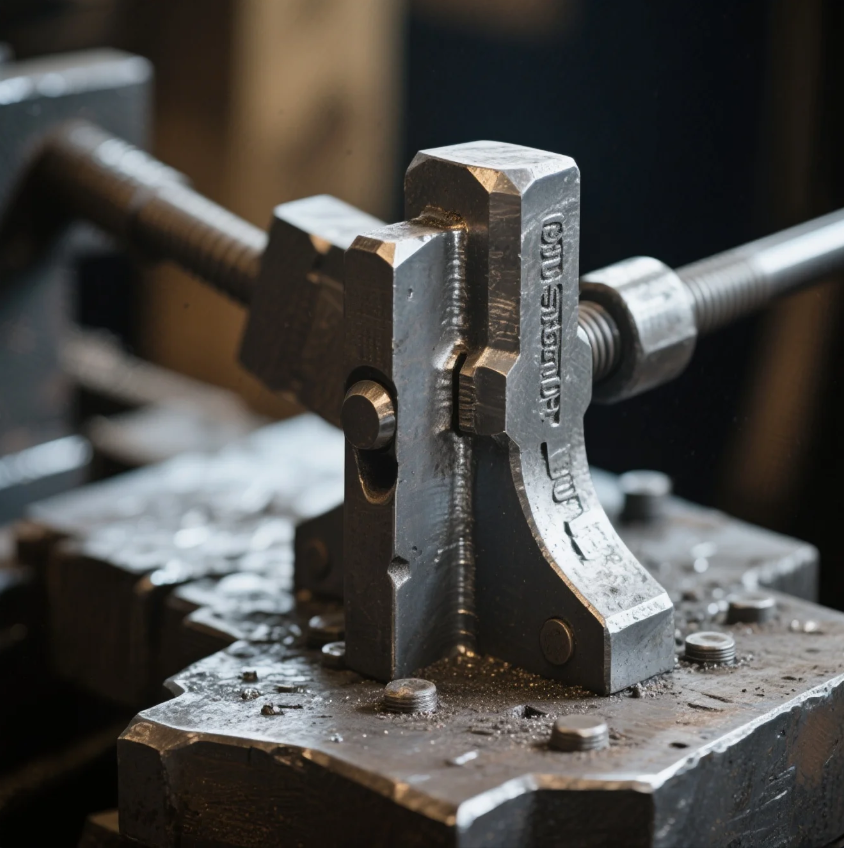
In a social context, forging a relationship means building or developing a strong bond with someone. This process usually requires time, effort, and mutual understanding. The term suggests that the relationship is created or strengthened through intentional actions, much like how metal is shaped in forging.
Forging a Relationship in Business:
- Building Trust: In business, forging a relationship means establishing trust, respect, and a solid partnership with clients or colleagues.
- Long-Term Commitment: Similar to metal forging, which creates durable, long-lasting products, forging a relationship involves consistent effort to nurture and maintain a connection.
Whether in business or personal life, forging a relationship is about creating something that is both strong and lasting, built on shared values and respect.
What Are the 4 Types of Forging?

There are four primary types of metal forging, each with its own set of characteristics and advantages. These forging types determine how metal is shaped and are used for different kinds of products.
The Four Types of Forging:
- Open-Die Forging: The metal is placed between two dies, but the dies don’t completely enclose the metal. This method is often used for larger parts.
- Closed-Die Forging: The metal is placed in a mold and shaped under high pressure. This process allows for more intricate designs and precise shapes.
- Rotary Forging: A rotating die applies pressure to the workpiece, ideal for creating complex shapes or parts requiring rotational symmetry.
- Die-Forcing: Metal is placed in a closed die and shaped under extreme pressure. This type of forging is often used for small parts requiring high precision.
Each of these types has distinct uses, with open-die forging being common for larger parts, while closed-die and die-forging are often used for parts requiring higher precision.
Conclusion
Whether it’s the process of shaping metal through heat and pressure or building lasting, strong connections, the term “forging” carries significant meaning. It’s a process that involves creating something more durable, strong, and reliable. At Prime, we specialize in high-quality forged parts, offering precision, speed, and reliability in every product. If you need professional-grade metal components, don’t hesitate to contact us for a consultation and quote today.

